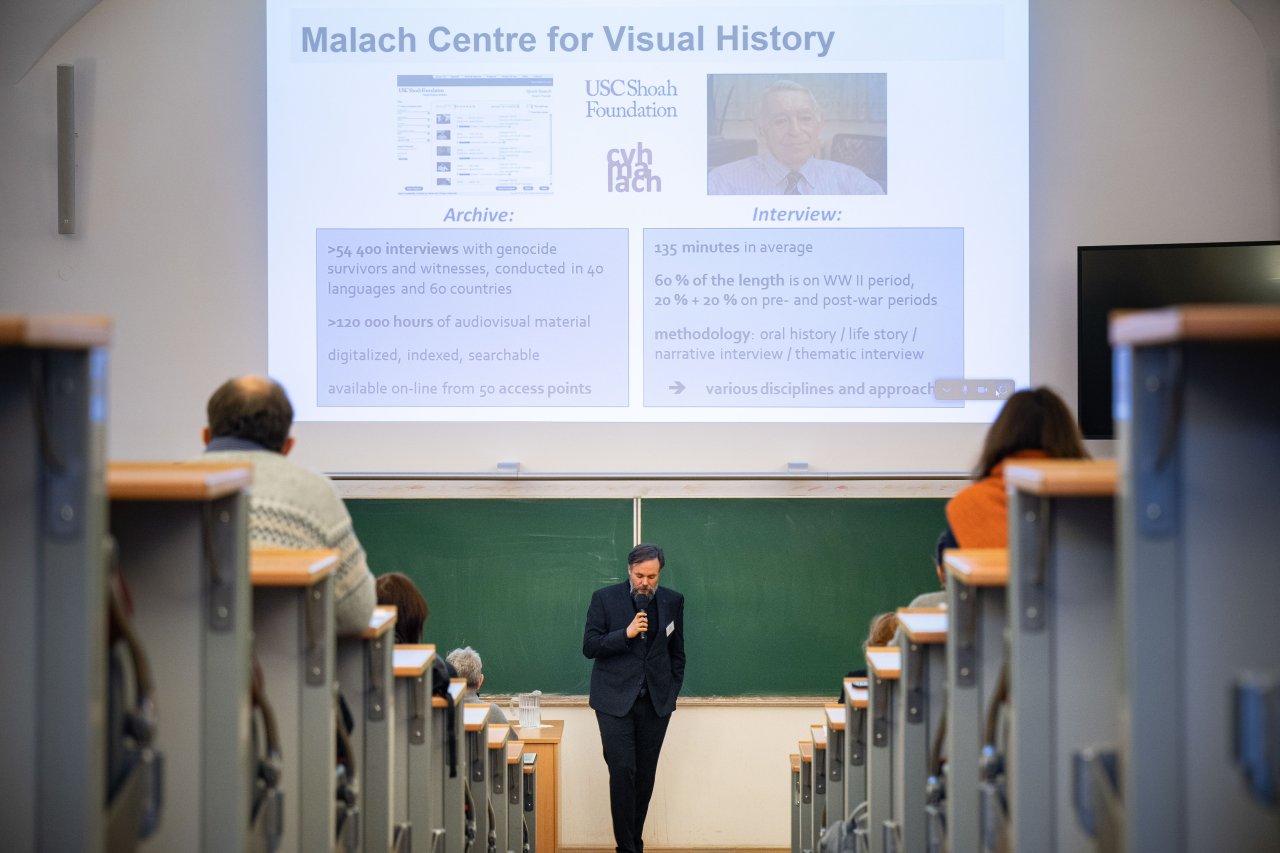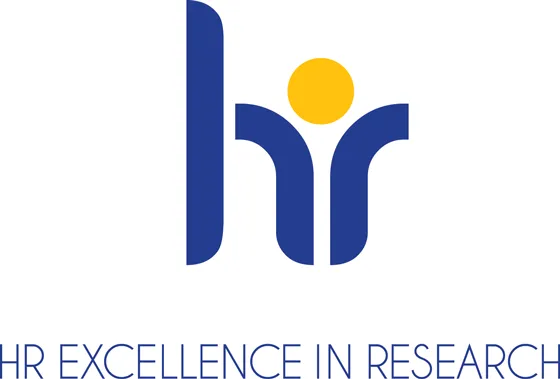For 14 Years Malach Centre Makes History Alive

Malach Centre for Visual History – a workplace that provides access to several tens of thousands of eyewitness accounts of the tragic events of the 20th century. Extensive audiovisual recordings also serve as “training” data in the development of new computer technologies. However, it is not solely open to researchers and students, but also to the general public, and that has stood for 14 years.
Matfyz is one of the few places in the world to make available collections of audiovisual history, including the extensive digital archive of the American USC Shoah Foundation. It contains more than 55,000 interviews with survivors of the Holocaust and other genocides that occurred during the 20th century.
Audiovisual materials are used by experts in the field of automatic language processing, for example in the development of translators, but also – and above all – in the field of social science and education. CVH Malach makes it possible to work not only with the materials of the Shoah Foundation, but also the Fortunoff Video Archive for Holocaust Testimonies, the archive of the Refugee Voices Association and the Jewish Holocaust Centre in Melbourne.
Nonetheless, the centre is not open to scientists entirely, but also to the general public and its goal is to speak to all generations. The young researcher, Michal Výborný, comes to Malach Centre regularly. The subject of the Holocaust has caught his attention already in primary school. “I explore various aspects of life in concentration camps, especially the fate of female warders.” His findings contributed, for example, to an American textbook on the Holocaust.
“The centre was established 14 years ago and from the very beginning Matfyz has been its host institution. We are very happy that this tradition continues,” adds an associate professor Barbora Vidová Hladká, the head of the Institute of Formal and Applied Linguistics (ÚFAL) of the CUNI MFF.



